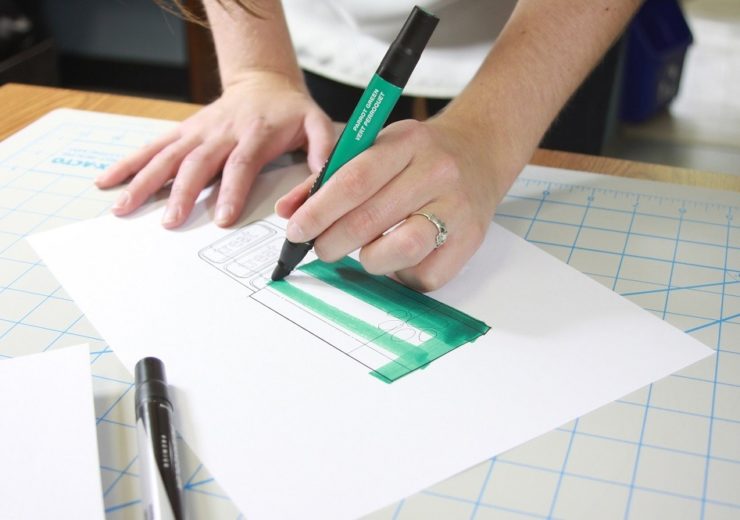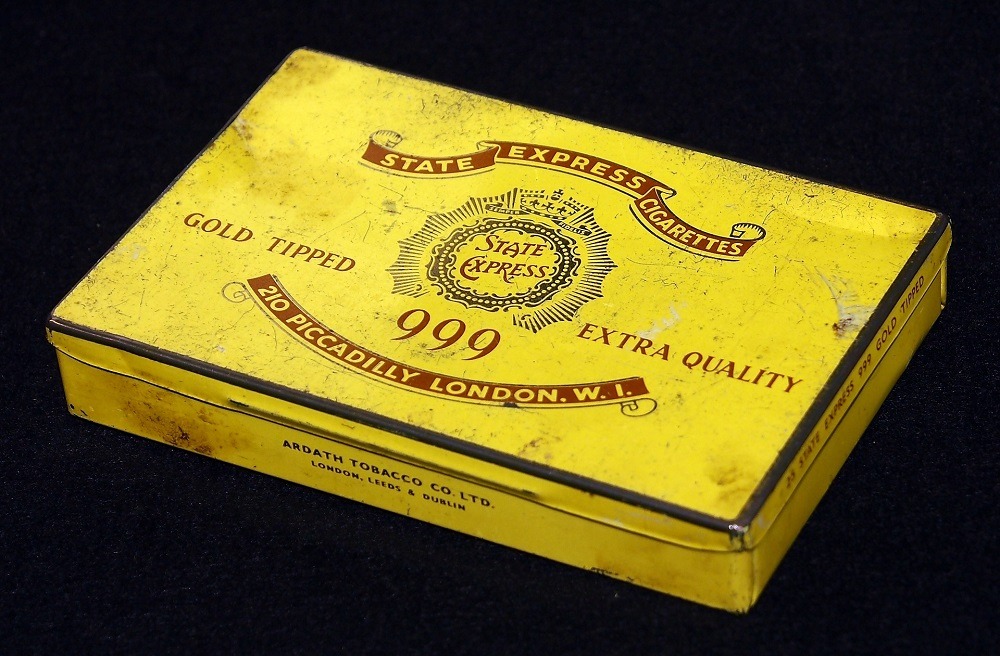Jo Barnard, founder and creative director of industrial design studio Morrama, believes environmentally-friendly packaging can be achieved with better education

From the importance of education to how to best design out waste, Morrama creative director Jo Barnard speaks to NS Packaging about how brands can make their products more sustainable (Credit: Pixabay)
With the importance of sustainability becoming ever-more significant to consumers, the need for environmentally-friendly packaging products has become increasingly important to brands. Thomas Parker speaks to Jo Barnard, founder and creative director of industrial design studio Morrama, on the importance of education business.
For both business bosses and consumers, the move towards a more environmentally-friendly way of operating is a huge part of the way many view commerce in the 21st century.
According to market research company GlobalWebIndex, 42% of US and UK consumers say products that use sustainable materials are important when it comes to their day-to-day purchases.
This alongside the Stanford Social Innovation Review stating that more than 90% of CEOs believe sustainability is important to the success of a company.
Its a growing trend with the planet’s younger generation as well, with a 2018 consumer survey by data analytics company GlobalData finding that 55% of millennials and 45% of generation Z are either always or often influenced by how environmentally-friendly a product is.
Whether it’s Coca-Cola testing the use of marine plastic to create bottles, or consumer goods firm Unilever testing reuse schemes, major brands have started a shift towards sustainable packaging alternatives.
“There isn’t a company coming to us not considering sustainability, we don’t even have to push them like we used to, it’s just something that they are automatically thinking of,” explains Jo Barnard, founder and creative director of award-winning design agency Morrama.
“It’s become a really attractive thing from a marketing perspective as well, this is because consumers are willing to pay more, so it can be good for brand image as well as doing it for the right reasons.
“We don’t even really need to ask or encourage, they are already asking the question which is great.”
Brands can look at the really little things to design out waste from products, says design studio boss
The idea of designing out waste is not new, with it being a topic of discussion in the construction industry for a number of years.
In 2009, circular economy charity the Waste and Resources Action Programme (WRAP) released a guide to help design teams reduce the amount of construction waste sent to landfill in the UK.
WRAP say the Designing Out Waste guidelines provide advice on how to achieve good practice resource efficiency and cost-associated benefits.
This topic is also one discussed in the packaging industry, with some major brands innovating in order to remove any unnecessary materials from their products.
One such brand is alcoholic beverage company Carlsberg, which last year announced it had removed plastic wrapping from some of its six-pack drink packages, replacing these with its “Snap Pack” glue technology.

Barnard says there are small things that businesses can do to effectively design out waste from their products.
She said: “There are really little things such as companies printing instructions on the inside of the box, so you don’t need a secondary leaflet.
“Even these small little things are good steps and make sense, because you’ve got so much real estate on a packaging product, you might as well use that to communicate.”
Firms have also begun moving towards zero packaging for their products, including a company in the furniture business.
Barnard said: “When trade people take products somewhere to install them, there is no need for packaging to be used to carrier them.
“To transport the products, they’ve designed their own reusable padded bags which can safely transport all of the parts.
“Using these, they can take items, set them up and then take the pads away.
“These can then be used again and again and again, with the business estimating they will be using these pads potentially 15 years into the future.
“With these pads, you are getting this very tailored delivery service, as a result there’s no need for that packaging that often comes with furniture and that needs getting rid of.”
Reusable packaging is only better than recycling if it’s being reused in the first place
Developments in reusable packaging have grown over the past few years, with major brands such as Unilever having set-up trials for reuse with some of its products.
Businesses such Loop have also been developed with the soul intention of allowing business and consumers to reuse packaging as much as possible.
Supermarkets are also moving into this marketplace, with retailers such as Waitrose trailling reuse schemes for frozen fruit and dry foods in its stores.

Barnard believes designing packaging to be reused is good, but only works if the product is actually being reused in the first place.
She said: “Is reusing is better than recycling? Well it is and it isn’t.
“It is to some extent but in a lot things, especially with packaging, it can kind of end up being wrong because I’m still going to have to end up throwing away packaging products such as tins away.
“I’m certainly not going to use it as many times as brands are intending me to use it because I don’t need it.
“This is because every company is using tins and every company is using coat bags, and there’s too many of them.
“Reusing is better than recycling, but only if it’s being reused in the first place.”
Better education surrounding sustainable packaging needed for both consumers and brands, say Barnard
One way to keep packaging more sustainable is through recycling, though for consumers, there is still confusion surrounding how best to do this.
A recent poll commissioned by coffee company Lavazza Eco Caps found that eight in 10 British adults said they get mixed messages over the types of plastic, glass and paper that are recyclable, leaving them feeling exasperated.
The survey of 2,000 adults also found 72% think the recycling instructions on food packaging are not clear enough, with 87% saying local councils need to be concise about what they will or will not collect.
Organisations including the UK’s On-Pack Recycling Label and the US-based How2Recycle schemes have been set up to provide some clarity on how consumers can dispose of their products after being used.
Barnard says there is also a need for better education of brands, highlighting moves by some businesses toward aluminium cans.

She said: “If that aluminium can is 100% virgin aluminium, it’s all very well you saying its recyclable but why are you not using recycled content?
“Is it being recycled, because if it was, we should have an endless supply of recycled materials, everything that we are using should be made from recycled materials.”
Barnard believes this improved understanding surrounding packaging materials will be seen when tighter regulations come in for single-use plastics.
“When those stricter rules come in surrounding single-use plastics, brands will be seeking expertise, which is really good.
“This legislation could also encourage education as well as see more people talking about it, then it’s the brands’ job to teach the consumer.
“This is also hard because there’s so much conflicting information out there as well, such as the huge conversation surrounding no plastics, meaning more businesses are using paper, which in turn leads to more deforestation.”
